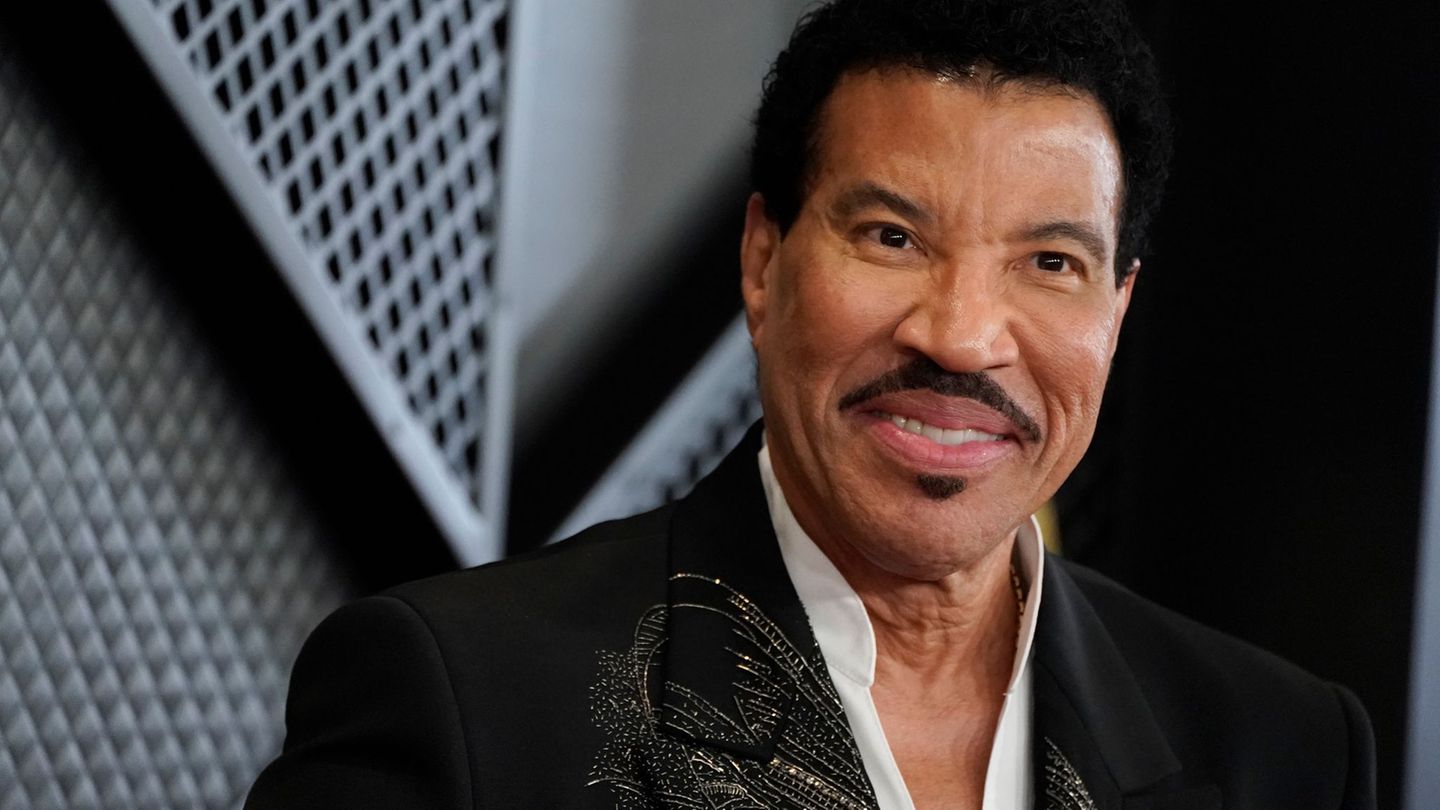The enormous price increases for natural gas, oil and electricity are a burden on consumers and are making more and more people think about alternative forms of energy. In Wels you don’t have to look for long. “We currently receive between five and ten district heating inquiries per day. However, we cannot make the desired connections until 2023 at the earliest, because the capacities for this year are already planned,” regrets a spokesman for the eww group.
Compared to fossil fuels and air heat pumps powered by electricity, district heating is currently unrivaled in terms of cost-effectiveness. In a comparison of heating costs, this emerges as the clear price winner. A comparison based on a 170 m2 single-family house (not thermally renovated) results in heating costs of 2200 to a maximum of 2900 euros per year for the waste heat. For gas, the price range is between 4000 and 4800 euros. An air heat pump is currently not significantly cheaper, costing 4000 to 4500 euros.
The same house, but this time thermally renovated, comes to a slightly better result for gas and air heating. Here, the costs for both gas and air heating are around 2000 to 2700 euros, but consumers still pay significantly less for district heating in this comparison – namely between 1100 and 1300 euros.
Connection costs money
What costs money with district heating is the connection. For a single-family house, this works out at around 16,620 euros. After deducting all subsidies, the homeowner is left with just over 10,000 euros that he has to pay privately. Of course, everything is covered by the investment costs. The eww emphasizes that further burdens are not to be expected in later years.
With the most recent gap closure of the north ring, the second major main line of the Welser district heating, the eww group is now drawing on the full. “Our calculations show that the Wels households need around 400 gigawatt hours. In theory, we could supply up to 1000 gigawatt hours. So we have a huge resource at our disposal,” says eww boss Florian Niedersüß.
District heating remains stable in price
In order to switch to district heating, which is price-stable, you have to be patient. The expansion plans are based on the existing main lines and the number of customer inquiries. If a particularly large number of people willing to connect come together on a street, construction is started after a profitability calculation has been completed. The higher the number of connections and the greater the proximity to a main line, the sooner you can switch to the environmentally friendly resource.
There are currently 25,000 district heating customers in Wels. In the future, eww wants to acquire 1,000 new customers every year.
Source: Nachrichten




